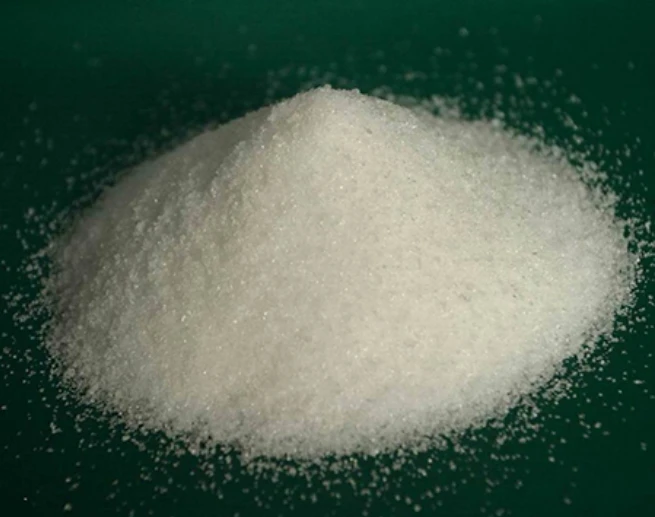chloromethyl isothiazolinone
Chloromethyl Isothiazolinone A Versatile Preservative and Its Implications
Chloromethyl isothiazolinone (CMI) is a chemical compound widely recognized for its efficacy as a preservative in various industries. Often used in combination with methylisothiazolinone (MIT), this biocide is particularly favored in cosmetics, personal care products, and industrial applications, where it serves to prevent microbial growth, thereby extending the shelf life of products. However, as with many chemical agents, its use comes with its own set of challenges and implications for human health and the environment.
Understanding Chloromethyl Isothiazolinone
CMI is part of the isothiazolinone family, characterized by a five-membered ring that contains sulfur and nitrogen atoms. This chemical structure is crucial to its activity as a preservative. CMI works by disrupting the cellular functions of microorganisms, effectively hindering their ability to grow and reproduce. This mechanism allows it to be an effective preservative in water-based formulations, which are particularly susceptible to microbial contamination.
The compound is highly effective against a broad spectrum of bacteria and fungi, making it a popular choice for formulations in a variety of sectors. It is commonly found in products such as shampoos, conditioners, lotions, and household cleaners. In industrial applications, CMI serves to protect products like paints and adhesives from spoilage due to microbial activity.
Regulatory Perspective
Despite its effectiveness, the use of CMI has come under scrutiny in recent years. Regulatory agencies around the world have raised concerns regarding its potential health risks. Research has indicated that exposure to CMI can lead to allergic reactions, particularly contact dermatitis. This is especially prominent in individuals with sensitive skin or those exposed repeatedly to products containing CMI.
As a response to these concerns, regulatory bodies, including the European Chemicals Agency (ECHA) and the U.S. Environmental Protection Agency (EPA), have initiated comprehensive reviews of the safety and usage levels of CMI in consumer products. For instance, the EU has categorized various isothiazolinones, including CMI, as substances of very high concern, prompting manufacturers to reconsider their formulations and reduce the concentrations of these compounds in their products.
chloromethyl isothiazolinone

Alternatives and Innovations
In light of the potential risks associated with CMI, many manufacturers are exploring alternative preservatives. Natural preservatives derived from plant sources or synthetic options with better safety profiles are being investigated. Some companies have successfully reformulated their products to include alternative preservatives, thereby mitigating the risk of allergic reactions associated with CMI.
Furthermore, advancements in formulation science are leading to the development of microbial control techniques that do not rely solely on traditional preservatives. These innovations include the use of pH adjustments, packaging design that minimizes contamination, and the introduction of antimicrobial agents that are less likely to trigger allergic responses.
Environmental Considerations
Aside from health implications, there are also concerns regarding the environmental impact of CMI. As a chemical that can persist in aquatic environments, there is a risk that it may contribute to ecosystem disruption and affect water quality. This has led to calls for better management practices and limitations on the use of CMI in products that may end up in wastewater systems.
Conclusion
Chloromethyl isothiazolinone remains a significant player in the realm of industrial and consumer product preservation. As its usage continues to be scrutinized, the balance between its effectiveness and potential risks becomes increasingly critical. The ongoing conversation around CMI reflects a broader trend towards more sustainable and safer chemical practices in various industries. As manufacturers, regulators, and consumers become more aware of the implications of their choices, the future of CMI in the marketplace may shift towards more responsible and health-conscious formulations. The journey towards safer alternatives may not only foster innovation in preservation methods but also enhance consumer trust in the products they choose to use.
-
Pbtc Scale InhibitorPBTC: A Scale Protector for Industrial Water TreatmentNewsAug.05,2025
-
Organic Phosphonate: An Efficient Defender in the Field of Scale InhibitionNewsAug.05,2025
-
Hydrolyzed Polymaleic Anhydride: Green Pioneer in Scale Inhibition FieldNewsAug.05,2025
-
PAPEMP Polyamino Polyether Methylene Phosphonic Acid For SaleNewsAug.05,2025
-
Flocculant Water Treatment: A Pioneer in Purification in the Field of Water TreatmentNewsAug.05,2025
-
Benzyl Isothiazolinone: An Efficient and Broad-Spectrum Antibacterial Protective GuardNewsAug.05,2025





